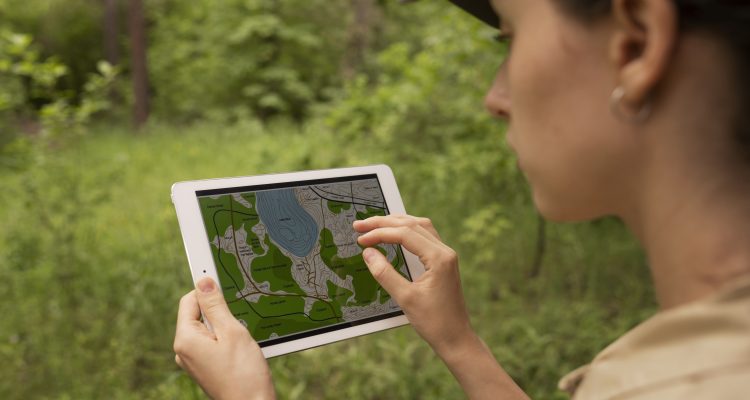- Written by: Melita Lewis
- June 9, 2025
- Categories: Babies & Toddlers
- Tags:
In today’s world, technology is everywhere. From smartphones to tablets, it’s easy for kids to get glued to screens. As a parent, you might worry about your child becoming an “iPad baby”—someone overly dependent on screens for entertainment and learning. At the same time, you want them to grow up tech-savvy and equipped with the skills they’ll need in a digital future. So how do you strike that perfect balance? Let’s dive into how you can raise a child who embraces both technology and the natural world.
Why You Don’t Want an “iPad Baby”
While technology has its benefits, overexposure can lead to several challenges. Excessive screen time can hinder language development, social skills, and attention spans in young children. It can also contribute to health issues like eye strain, poor posture, and lack of physical activity. Furthermore, passive consumption of content on screens can limit opportunities for imaginative play and problem-solving. The goal isn’t to ban technology altogether but to use it thoughtfully while ensuring it doesn’t dominate your child’s life.
Why Technology Still Matters
Technology isn’t the enemy—it’s a powerful tool when used wisely. It offers numerous learning opportunities through educational apps and online resources, making learning interactive and engaging. Understanding how to navigate technology is crucial for future careers in an increasingly digital world. Tools like coding games, art apps, and video editing software allow kids to express themselves in new ways. Additionally, technology connects kids to diverse cultures, ideas, and perspectives, fostering global awareness.
Balancing Technology with Real-Life Experiences
To avoid raising an “iPad baby,” it’s essential to set clear boundaries for screen time. For toddlers, stick to short sessions of high-quality educational content. For older kids, encourage tech use for learning or creativity rather than passive entertainment. Prioritizing outdoor play is also crucial. Nature offers countless benefits that no screen can replicate. Make outdoor activities a regular part of your family routine by going on nature walks or hikes, setting up a backyard garden, or planning unstructured playtime at the park. Spending time in nature helps children develop physical strength, creativity, and emotional resilience.

Using Technology as a Tool for Exploration
Instead of banning devices outdoors, use them to enhance your child’s connection with nature. Download apps like plant or bird identification tools, or try geocaching (a digital treasure hunt) as a family activity. Use augmented reality (AR) apps that teach kids about the environment. This approach bridges the gap between technology and real-world experiences, making learning more engaging and interactive.

Encouraging Hands-On Learning
Balance screen-based learning with hands-on activities. Replace digital puzzles with real ones, introduce STEM toys like building kits or science experiments, and encourage creative hobbies like drawing, crafting, or cooking. These activities help develop fine motor skills and creativity while reducing reliance on screens. By engaging in hands-on learning, children can explore their curiosity and develop a deeper understanding of the world around them.

Leading by Example
Children learn by watching you. Show them how to balance screen time with other activities. Limit your own device usage during family time, share your love for reading books, gardening, or exercising outdoors, and use technology purposefully—for work or learning—rather than mindless scrolling. By modeling a healthy balance, you help your child understand that technology is a tool, not a substitute for real-life experiences.
The Sweet Spot: Raising Balanced Kids
Raising a child who is both tech-savvy and grounded in real-world experiences is all about balance. They should know how to use technology responsibly but not rely on it for entertainment or comfort. They should spend time outdoors exploring nature and developing physical, social, and emotional skills. They should see technology as a tool for learning and creativity rather than as their sole source of fun. By setting boundaries, encouraging outdoor play, integrating tech thoughtfully, and leading by example, you can help your child thrive in both the digital and natural worlds.

Conclusion
You don’t have to choose between raising a nature-loving explorer or a tech-savvy innovator—your child can be both! By avoiding the “iPad baby” trap and fostering a balanced approach to technology and nature, you’re setting them up for success in every aspect of life. After all, the best of both worlds is within reach—it just takes thoughtful parenting!




